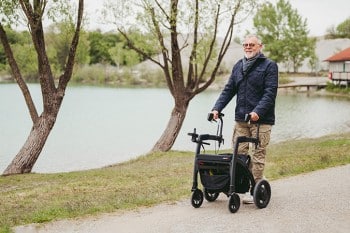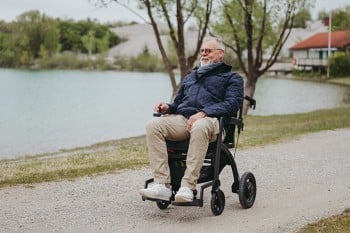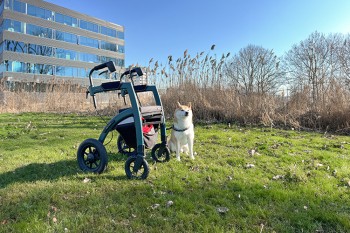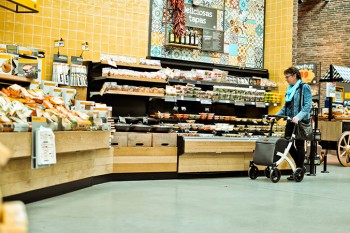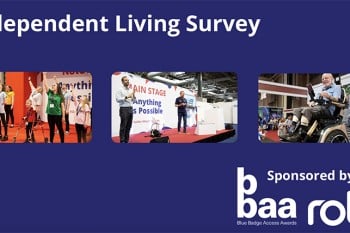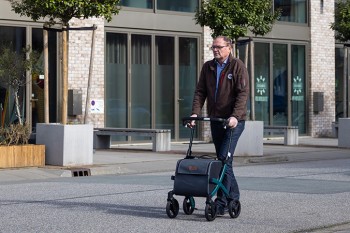Data-driven approach to enhance physical activity for rollator users
Recent advancements in wearable technology have transformed the way consumers and healthcare institutions utilize data analytics to gain insights into physical activity levels for individuals and specific patient groups. While wearable technology has proven beneficial for many users, it has practical limitations for those who rely on walking aids due to physical disabilities. Such patient … Continued
Read More